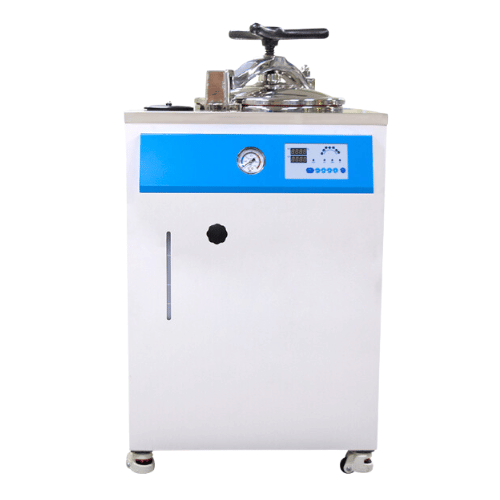Autoclaves - Decoding 7 Common Issues You Might Encounter
Autoclaves play a crucial role in medical, laboratory, and food industry settings, efficiently sterilizing instruments, equipment, and materials. However, users often encounter issues that can reduce sterilization effectiveness and affect the autoclave's longevity. This article will address seven common problems with autoclaves and provide effective solutions.
Autoclave Issues
-
Autoclave Fails to Reach Required Sterilization Temperature:
- Causes:
- Unstable power supply.
- Faulty safety valve.
- Leaking door gasket.
- Malfunctioning temperature sensor.
- Solutions:
- Check the power supply and ensure stability.
- Replace the faulty safety valve.
- Replace the door gasket if it is leaking.
- Repair or replace the temperature sensor if malfunctioning.
- Causes:
-
Autoclave Emits Unpleasant Odors:
- Causes:
- Contaminated water supply.
- Accumulated residue inside the autoclave.
- Poor venting.
- Solutions:
- Use clean water.
- Regularly clean the autoclave to remove residues.
- Check the venting system and ensure proper operation.
- Causes:
-
Autoclave Leaks Water:
- Causes:
- Leaking door gasket.
- Faulty drain valve.
- Leaking water supply line.
- Solutions:
- Replace the door gasket if leaking.
- Repair or replace the drain valve if faulty.
- Check and repair the water supply line if leaking.
- Causes:
-
Autoclave Operates Loudly:
- Causes:
- Dirty fan.
- Damaged fan blades.
- Worn-out motor.
- Solutions:
- Clean the fan to remove dust.
- Replace damaged fan blades.
- Perform regular motor maintenance.
- Causes:
-
Frequent Malfunctions of Autoclave:
- Causes:
- Incorrect usage.
- Irregular maintenance.
- Inappropriate water supply.
- Solutions:
- Read the user manual thoroughly before operating the autoclave.
- Follow regular maintenance schedules to ensure effective operation.
- Use clean water as recommended by the manufacturer.
- Causes:
-
Autoclave Consumes Excessive Power:
- Causes:
- Leaking door gasket.
- Accumulated residues inside the autoclave.
- Poor venting.
- Inappropriate sterilization settings.
- Solutions:
- Replace the door gasket if leaking.
- Regularly clean the autoclave to remove residues.
- Check the venting system and ensure proper function.
- Choose the appropriate sterilization setting for your needs.
- Causes:
-
Autoclave Does Not Ensure Effective Sterilization:
- Causes:
- Incorrect type of autoclave.
- Incorrect usage.
- Irregular maintenance.
- Solutions:
- Select an autoclave that fits your sterilization needs and the volume of instruments.
- Thoroughly read the user manual before use.
- Perform regular maintenance to ensure effective sterilization.
- Causes:
Conclusion: Autoclaves are essential devices in various fields, but they need to be used and maintained correctly to ensure effective sterilization and long-term durability. This article has outlined seven common issues with autoclaves and provided solutions to address them.
Contact Us for Consultation Today:
ĐỨC DƯƠNG TECHNOLOGY SCIENCE COMPANY LTD
Address: 1014/67 Tân Kỳ Tân Quý, Bình Hưng Hòa, Bình Tân, HCM
Tel: (028) 3762 8042 - 3762 8043 - 3750 8514 - 3750 8793
Fax: 028 37628043
Email: ducduong@ducduongco.com
Website: www.ducduongco.com
Comments
Relative post
- Sterilization Process in Hospitals: Top 11 Common Mistakes to Avoid
- Autoclave Sterilizers: A Comprehensive Guide to Construction and Operation
- 8 Questions to Ask Before a Steam Sterilizer Installation
- Optimal Water Quality Testing Equipment for the Aquaculture Industry
- 8 SECRETS to help you choose the right type of Sterilizer
- Shinjin Company Participates in Equipment Exhibition in South Korea from May 25, 2021, to May 28, 2021
- Outstanding Features of Nabertherm Furnaces





